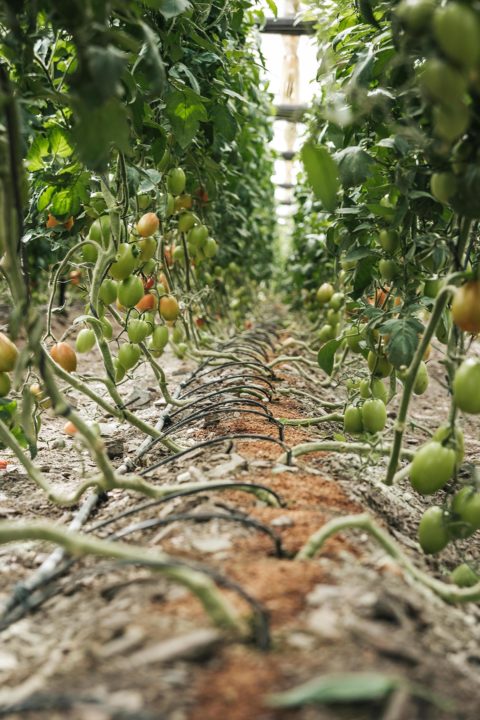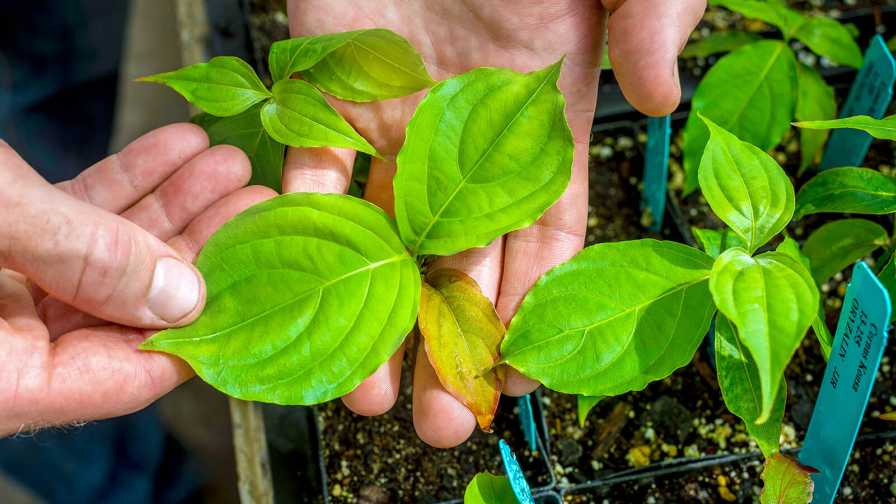Adjust Is A Must
Our country has gone from being on top of the world to working its way toward the bottom. The Wall Street group has gone from making millions to losing billions. The housing industry has followed the same pattern from boom to bust and foreclosure. I’ve pondered how the bedding plant industry should react to this period of time when the entire economy goes from boom to bust.
This year will also be recorded as one of the worst plant seasons because of very poor weather conditions. You had wildfires in the West, record floods along the Mississippi River, late frosts in the Midwest and northeastern states and drought in the Southeast.
It’s hard to sell plants to people whose houses have just burned down. It’s also hard to sell plants to people whose yards are under 10 feet of water.
While we can’t control the economy or the weather conditions, we can control what we grow and how our products look and perform for the people who buy them.
Luther Burbank (1849 – 1926), the noted horticulturist, said, “Flowers and plants always make people better, happier and more helpful. They are sunshine, food and medicine for the soul.”
I believe this is the reason for our existence. Therefore, our goal should be to provide the best product that can be produced. Crop quality is the end result that will determine the economic condition of your company.
Adjusting your business is a never-ending process, and it must be done if you are to be successful.
I want to share with you five observations I’ve made over the years.
1. The newest equipment doesn’t always produce the best crops.
In the early 1970s, I was sent to the Lee Valley Experiment Station in England to give a lecture on bedding plants to about 100 growers.
When I got to the Experiment Station, I received a tour of the facility. They were extremely excited to show me their brand new greenhouse, a state-of-the-art facility about one acre in size. It was beautiful, and I was envious of the structure and the thought that had gone into this research facility. However, I was brought down to earth when I saw the plants that were growing in it. They were all deficient in nitrogen, completely yellow in color and would not have been of any use to researchers.
2. If you don’t know how to grow a plant, any technique will be of no value to you.
I helped two women who had just built a greenhouse and wanted to sell herbs and edible plants construct a business plan. After I spent a day with them, they wanted me to see the new greenhouse. It was a nice structure, but every plant in it was not saleable. The plants were either nitrogen deficient or dead in the pots.
3. The technique you use to grow the plant is of no interest to most of the people who buy it.
Most people who buy our plants are looking for two things: the plant that looks the best and is least expensive.
At a big box store in Okemos, Mich., in early July, there was a display with great labels, a big sign that read “USDA Organic,” and every plant in a special pot.
There was probably $2,000 worth of product in the display, but it was all yellow, nitrogen deficient. The retail personnel didn’t know what to do because they only had “best practices” fertilizer and, if they applied it, the product would no longer be “organic,” so it was unsaleable or dead! The result was that none of the plants were sold and they all were dumped!
If you use the organic system, you better make sure they know how to take care of the plants at the retail level and that the final consumer knows how to care for them as well. Sell them the proper fertilizer and other products to keep the plant material organic. Otherwise you are just “green washing,” using the word “organic” to sell at a higher price but not taking the steps to ensure that the product is what you say it is.
Remember, the quality of the product and the price are the major factors in selling a plant. The system used for producing it is a minor factor.
4. It is your people that make a difference.
All of the other factors are secondary to having knowledgeable people who love their work and are interested in and dedicated to achieving a quality plant product.
When I hired people, I did my best to take care of them. They would almost always exceed my expectations. They were the major factors in keeping MSU’s operation and plants growing.
The cost of labor is the most expensive part of your business, but remember that you only get what you pay for! Always hire people that are smarter and more dedicated than you are. You will reap the benefits.
5. The price is right.
First you do your calculations of what it costs you to grow a plant, then you must sell it for more than it costs you to grow. Otherwise, you won’t be in business much longer.
A simple formula I’ve found to be a good guideline is that the cost of the materials you buy (cost of goods) should not be more than 30 percent of the selling price. The overhead, which includes everything other than the cost of goods, should be no more than 60 percent, and the remaining 10 percent is your profit. Anytime your cost of goods is more than 30 percent or your overhead is over 60 percent, the money is taken from your profit. This is why many in our greenhouse business make less than 10 percent!
Therefore, it is very important this coming year to determine your cost of goods and overhead before you set a price for your product. You will find that you need to increase your selling price to keep up with your expenses. As I write this article, Proctor & Gamble has increased the prices for products like Tide by 16 percent because of the increase in cost of goods for plastics and other basic materials.
If you are afraid to increase your selling price, you will have to decrease your expenses. My advice is that you will never save your way to wealth. You’d better increase your price to survive. If your customers won’t pay that price, then help your competitors produce all they can to supply the account and you’ll help them go bankrupt!
A few things to remember:
The increased cost of fuel is making transportation very expensive.
The cost of shipping a container from China in March 2008 was about $4,000. In July 2008, that same container cost $6,500 to ship. Therefore, the prices of products from China will increase dramatically.
The cost of heating a greenhouse will continue to increase. Some small growers will become only seasonal producers.
The price of winter crops should increase greatly. It will have to in order to cover the cost of oil and natural gas. Recalculate your overhead costs and make sure you adjust your prices
accordingly.
It sounds simple, but you have to have a quality product, a good logistical system and a great sales force.
Also, to paraphrase the Kenny Rogers’ song, you’ve got to know when to sell the product, know when to hold the product, know when to walk away from a deal and always have another option for selling what you grow.
If you have all your sales with one retailer, you have no bargaining power. When they don’t want to play, you lose!
Remember, knowledge will not always take the place of simple observations.
I hope my observations are of value to you!









